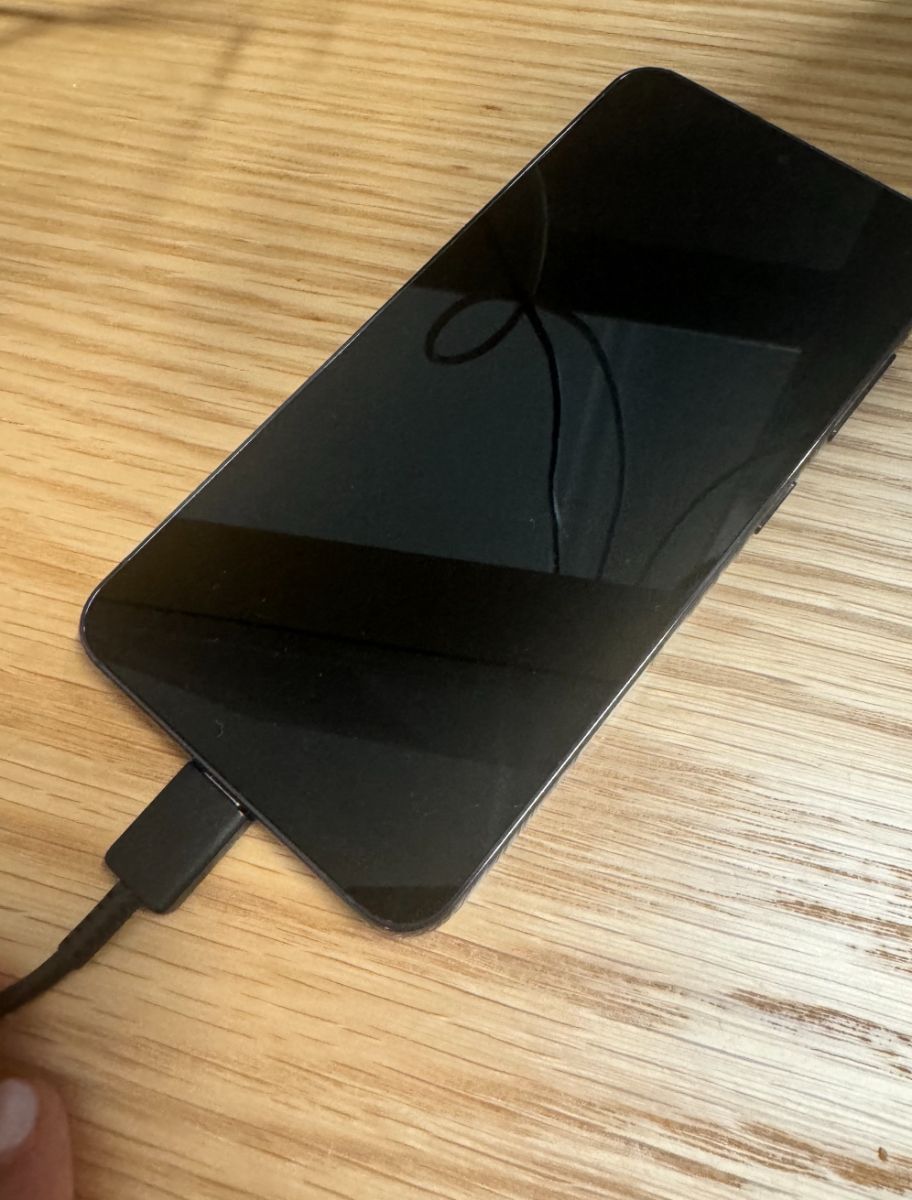In today’s fast-paced world, convenience often takes priority. For many of us, leaving a phone charger plugged into the socket even when it’s not in use seems like a harmless habit. After all, it’s easier to have the cable ready to go, right? But when my electrician gave me some eye-opening advice, it completely changed my perspective. He warned me about the dangers of leaving chargers plugged in without a device attached, and I quickly realized this was a habit I needed to change.

Here’s why you should always unplug your charger when it’s not in use:
1. Fire Hazard: A Small Device With a Big Risk
One of the biggest risks of leaving a charger plugged into the socket is that it can become a fire hazard. Even when a charger isn’t connected to a phone, it continues to draw a small amount of electrical current. Over time, this can lead to overheating, and if the charger is faulty or there’s a power surge, it could cause a fire.
My electrician highlighted this by sharing alarming stories of homes that had experienced electrical fires, all starting from something as simple as a charger left plugged in. Cheap, unbranded chargers are particularly dangerous because they often lack proper safety features to prevent overheating.
How It Happens:
- Overheating: Even if no device is attached, a plugged-in charger can still generate heat, especially in poorly ventilated areas. Over time, this heat buildup can cause the components inside the charger to burn out or even melt.
- Electrical Short Circuits: Damaged chargers or cords can short-circuit, leading to sparks and potentially causing a fire.
To minimize this risk, it’s best to unplug your charger when it’s not in use and invest in high-quality, certified chargers.
2. Energy Waste: It All Adds Up
Leaving a charger plugged in, even when it’s not charging a device, wastes energy. Known as “phantom load” or “vampire power,” this small amount of electricity adds up over time and can increase your energy bill. While a single charger’s energy usage may seem insignificant, multiple devices left plugged in around your home can cause a noticeable spike in your energy consumption.
The Environmental Impact: Though each charger uses only a small amount of energy, millions of people leaving chargers plugged in worldwide contribute to a significant environmental impact. Experts estimate that phantom load accounts for 5-10% of total household electricity use. Unplugging devices when they’re not in use is a simple way to reduce waste and promote sustainability.
3. Charger Longevity: Save Your Charger From a Short Life
Another reason to unplug your charger is to extend its lifespan. When a charger is constantly exposed to electrical currents, even without a phone attached, it wears out the internal components faster. This can cause the charger to fail prematurely, requiring you to replace it sooner than expected.
Signs of Wear:
- Warm Chargers: If your charger feels warm to the touch when it’s plugged in but not in use, that’s a sign of stress and potential damage to its components.
- Frayed Cables: Leaving chargers plugged in can cause wear at the connection points, leading to frayed cables and exposed wiring. This not only damages your charger but also creates a safety hazard.
4. Protecting Your Electronics From Power Surges
Power surges can happen at any time, especially during storms or due to issues with your home’s electrical system. If a charger is left plugged in during a surge, it could be damaged even if no phone is connected. Worse, the next time you connect your phone, the damaged charger could cause harm to your device.
Surge Protection: Some chargers have built-in surge protection, but not all do. Using a power strip with surge protection can help, but the safest option is to unplug your charger when it’s not being used.
5. It’s a Simple Habit That Can Save You Hassle
When my electrician first warned me about the risks of leaving chargers plugged in, I thought he was being overly cautious. But after hearing real-life examples and doing some research, I realized just how easy it is to avoid these problems. Unplugging your charger when it’s not in use can prevent fires, reduce energy waste, and extend the life of both your chargers and devices. It’s an easy habit to build—and one that’s definitely worth the effort.
Building the Habit:
- Set Reminders: If you tend to forget to unplug your chargers, set a reminder on your phone or leave a note near your outlets.
- Power Strips: Consider using power strips with individual switches. This way, you can turn off multiple chargers at once without unplugging each one.
- Charging Stations: Designate specific areas in your home for charging devices. Only plug in chargers when you’re actively charging a device, and this way, you won’t forget them in random spots.
Conclusion: Take Control of Your Charging Habits
While it may seem like a small, insignificant part of your daily routine, leaving a charger plugged in without a phone attached comes with risks you may not have considered. From fire hazards to wasted energy and shortened charger lifespans, there are plenty of reasons to start unplugging when you’re done.
Take it from me—after my electrician shared these insights, I’ve completely changed how I handle my chargers. Start building the habit today—unplugging is a small step that can lead to big savings, safer electronics, and a more energy-efficient home.





